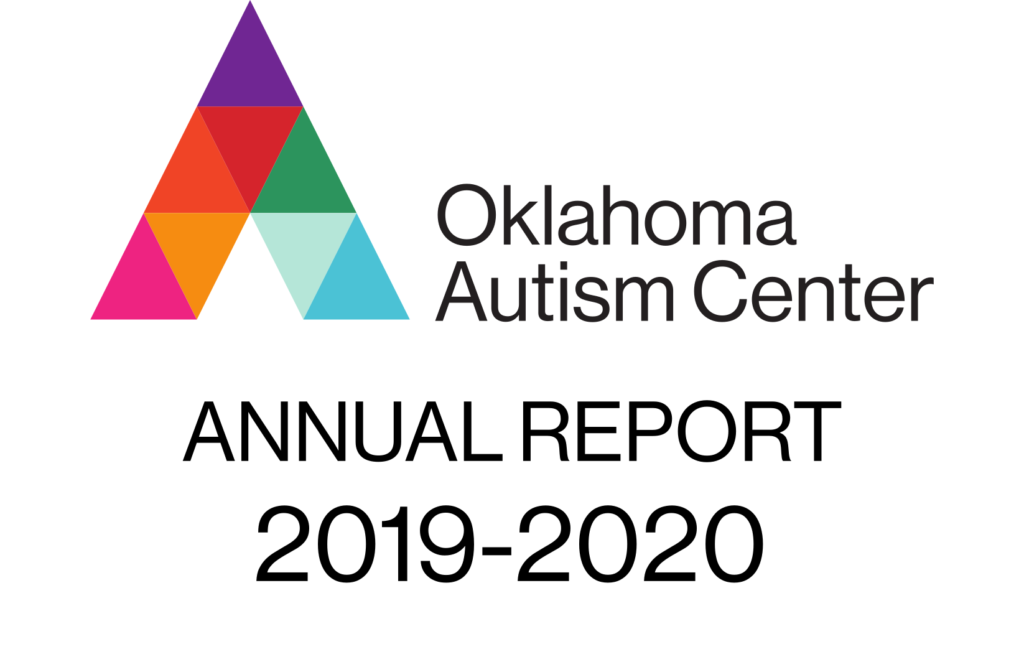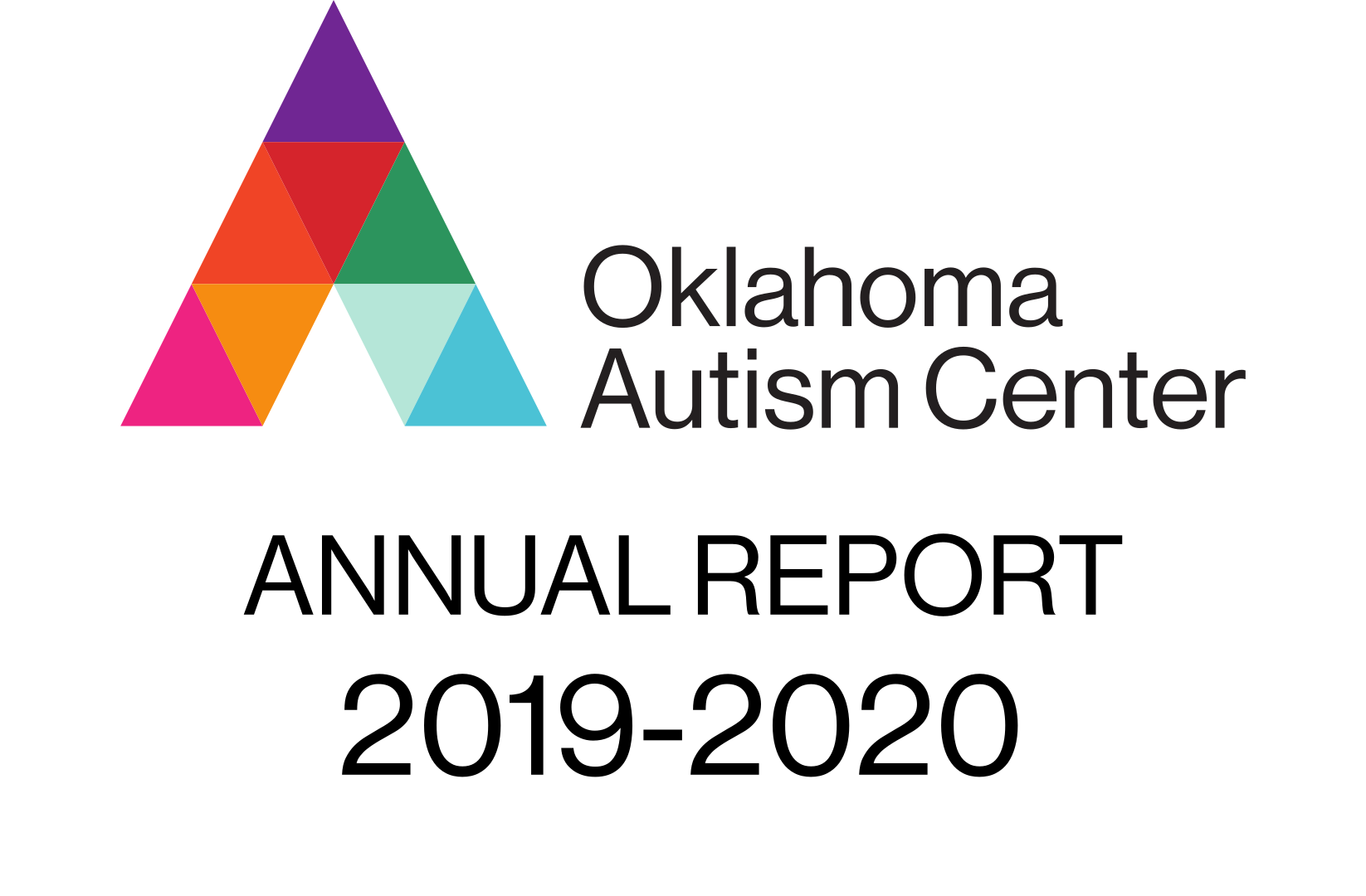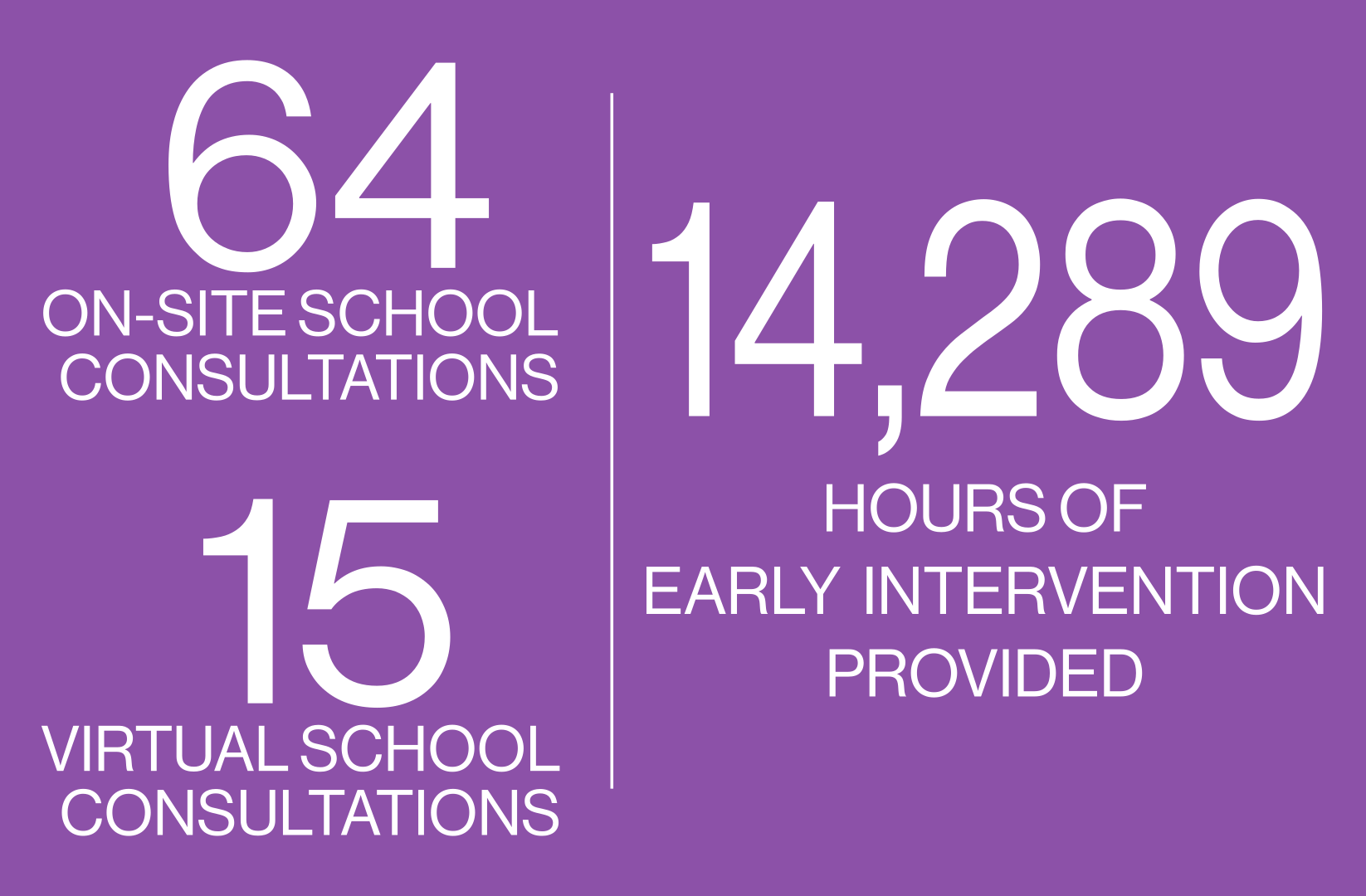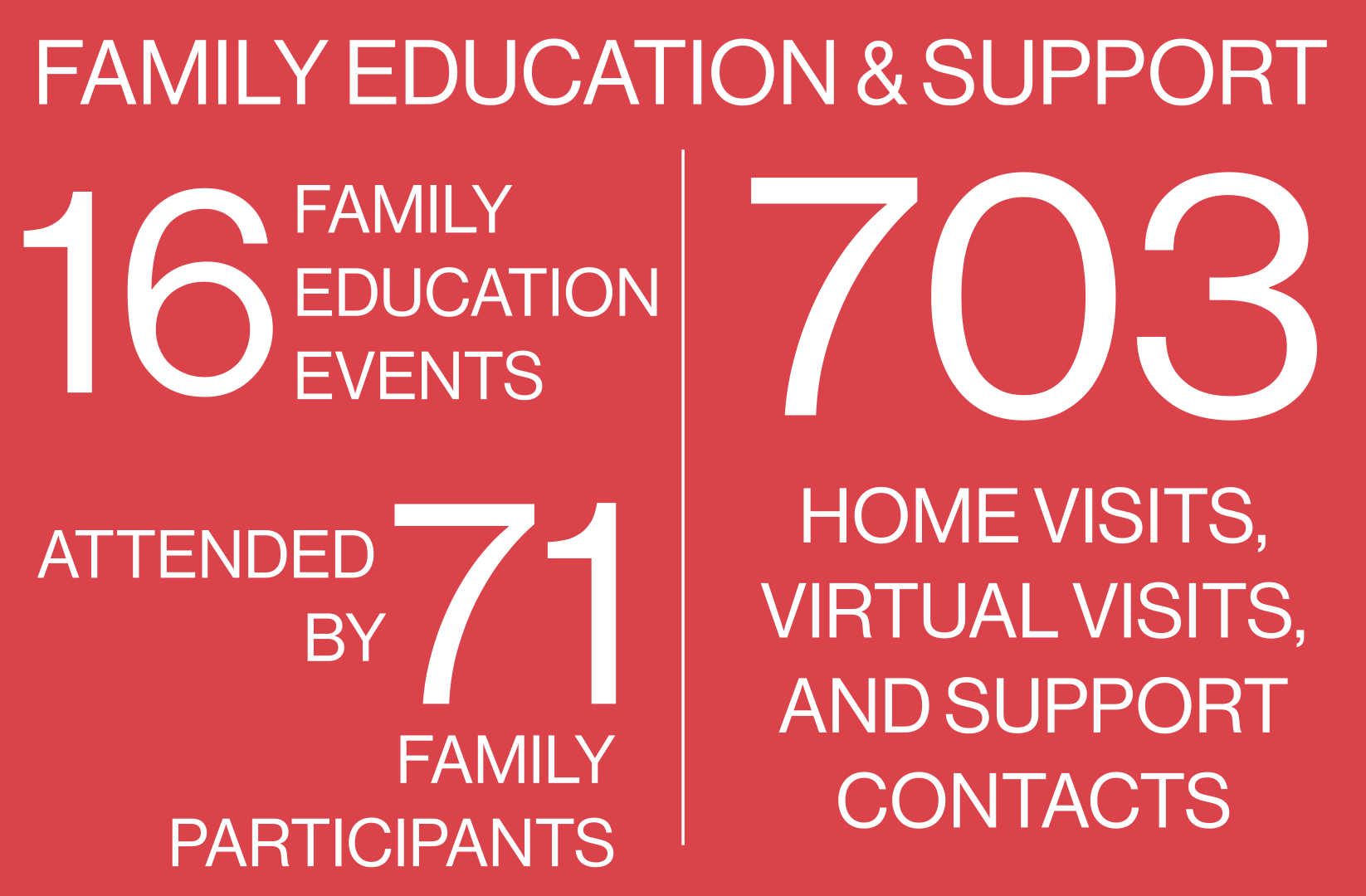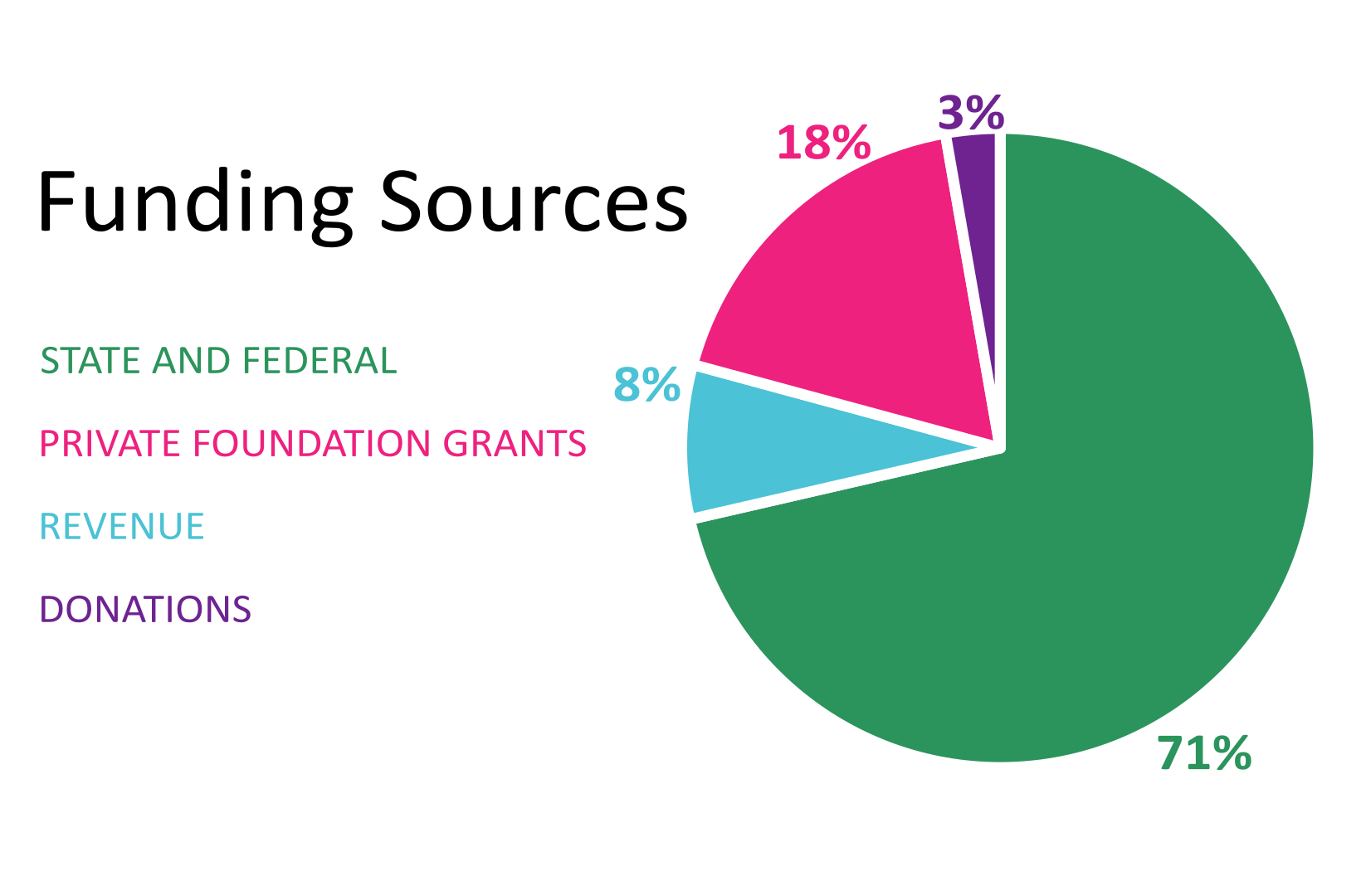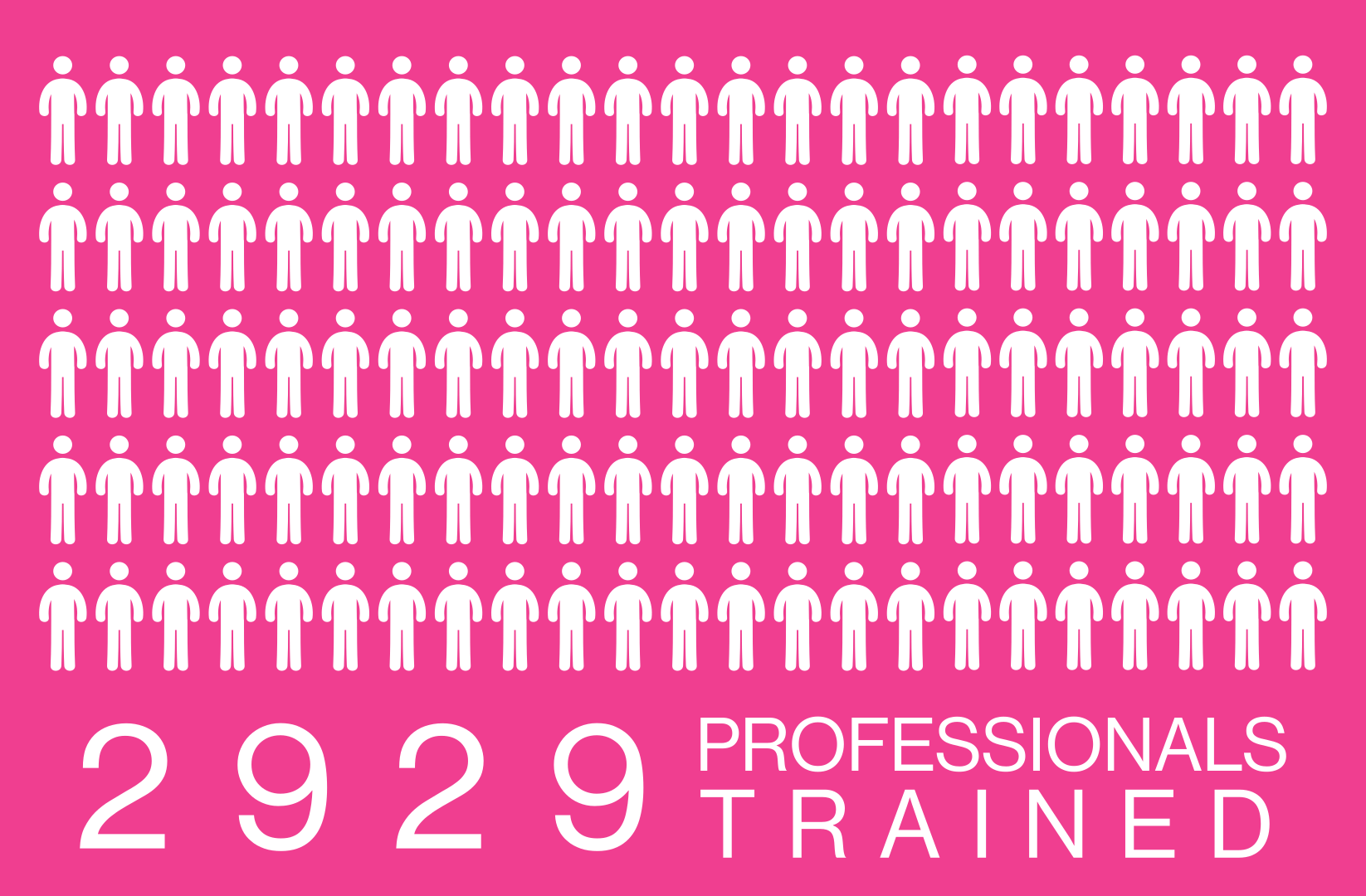Autism Spectrum Disorder (ASD) has become incredibly prevalent. The most recent statistics released from the CDC in 2023 revealed that approximately 1 in 36 children has been identified with ASD.
An autism diagnosis is four times higher in boys than in girls, even though autism affects all socio-economic and ethnic groups equally. Although autism can be diagnosed reliably as early as age 2, most children with ASD are diagnosed after age 4.
Early intervention gives children with ASD the greatest opportunity for healthy development and other benefits during their lifetime. But, what exactly is autism?
What is Autism Spectrum Disorder?
ASD is a complex developmental disability characterized by a certain set of behaviors that affect individuals differently. People with ASD can face persistent challenges in nonverbal communication and speech, social interaction, and repetitive/ restricted behaviors. The severity of symptoms and the effects of ASD are different in each person.
Causes of ASD
There is no known cause of autism. However, scientists have determined through twin studies that autism is a condition that is genetically based. Specifically, if there is a set of identical twins, and one has ASD, then there is a 36% to 95% chance that the other twin will have the same diagnosis. The chance that siblings will both be affected by ASD ranges from 2% to 18%.
One theory that gained popularity in the late 1990s and early 2000s was that vaccines cause autism. This has been proven to be patently false, although some still stubbornly cling to these beliefs.
Symptoms of Autism
There is often nothing about how a person with ASD looks that sets them apart from anyone else, but people with this condition may communicate, behave, learn, and interact in ways that are different than others.
Everyone with ASD is different, but the characteristics of autism fall into several categories:
- Communication and social interaction problems – including reduced sharing of emotions or interests, difficulties with conversations, challenges in dealing with social cues such as facial expressions and eye contact, and difficulty creating and maintaining relationships.
- Repetitive and restricted patterns of interests, behaviors, or activities – including speaking in a unique way, toe-walking and hand-flapping, requiring a predictable schedule, being overwhelmed by certain stimuli, and exhibiting intense interests in certain activities.
Early Signs of Autism
Early identification and intervention are the keys to ensuring optimal outcomes for children with ASD. Some of the early signs of autism include:
- Poor eye contact
- Infrequent or delayed babbling
- Infrequently seeks your attention
- Rarely imitates expressions
- Does not respond to their name
- Unusual body movements
- Delays in motor development
Early Access provides direct screening services for ASD and provides ongoing technical and promotional support to its Screening Partners.
Treatment for Autism
Autism is a lifelong condition, but many children that are diagnosed with ASD go on to live productive, independent, and fulfilling lives. The thinking, problem-solving, and learning abilities of people with ASD can range from severely challenged to gifted. Some people with this condition need a lot of help in their daily lives, while others need less.
The Early Foundations program is a model that employs evidence-based strategies to help children diagnosed with ASD. It is an age-appropriate intervention model focused on giving toddlers with autism access to resources and tools that help them participate in games and activities with their peers.



